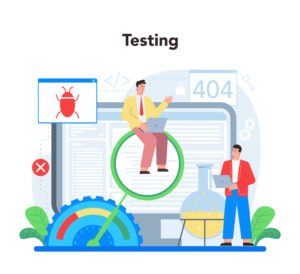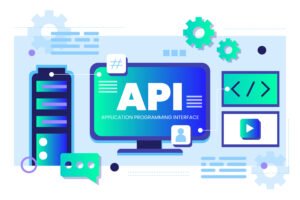Testing APIs is only half the battle—reporting the results effectively is where true value lies. Without clear, actionable reports, QA teams struggle to:
Understand failure patterns
Communicate test outcomes to stakeholders
Prioritize fixes across large test suites
Align with Dev and Ops for faster releases
In 2025, scalable API test reporting is a critical enabler for QA teams who want to move beyond pass/fail metrics and towards data-driven quality engineering.
This guide walks you through how to build a reporting system that grows with your testing needs—delivering insights that developers, testers, and business leaders can all act on.

Why API Test Reporting Matters
Running thousands of automated tests without proper reporting is like driving blindfolded. Teams risk:
Wasting time analyzing logs manually
Missing critical failures hidden in regression runs
Delayed root cause analysis
Lack of visibility across environments (Dev → Staging → Production)
Scalable reporting transforms raw test data into clear insights, empowering QA teams to move faster and smarter.
What Makes Reporting “Scalable”?
A reporting system is scalable when it can:
Handle growing test volumes without slowing down
Provide real-time visibility into pass/fail status
Highlight trends over time (flaky tests, slow endpoints, recurring errors)
Support multiple environments and pipelines
Present data in a format useful for both technical and non-technical audiences
Step-by-Step Guide to Scalable API Test Reporting
Step 1: Centralize Test Results
Consolidate results from all runs (CI/CD pipelines, nightly builds, manual triggers) into a single source of truth.
Step 2: Standardize Test Metadata
Use consistent naming, tagging, and categorization for endpoints, environments, and test types. This makes reports easier to filter and analyze.
Step 3: Automate Dashboards
Instead of static HTML reports, build dynamic dashboards that update automatically after each run.
Key metrics to display:
Test execution summary (pass/fail/skip)
Failure trends by endpoint/service
Response time distribution
SLA compliance %
Environment comparison (Dev vs UAT vs Prod)
Step 4: Integrate Reporting into CI/CD
Reports should be instantly accessible after each pipeline execution, not buried in log files. Link dashboards directly into Jenkins, GitLab, GitHub Actions, or Azure DevOps pipelines.
Step 5: Enable Stakeholder-Specific Views
QA Engineers: Debug logs, stack traces, flaky test patterns
Developers: Failure details with reproducible steps
Managers/Product Owners: Business-level KPIs (release readiness, SLA adherence)
Step 6: Plan for Growth
As test suites expand, ensure your reporting system can:
Scale horizontally (cloud-based storage, parallel processing)
Support historical trend analysis
Export/share data easily (PDF, Excel, APIs)
Best Practices for Effective Reporting
Keep reports visual, not verbose (charts > logs)
Highlight actionable insights, not just raw data
Automate alerts for critical failures (Slack, Teams, Email)
Track flaky tests separately to avoid noise
Review reporting setup quarterly to align with evolving QA goals
Final Thoughts
API test automation is powerful—but without scalable reporting, teams risk drowning in data instead of driving decisions. By centralizing, standardizing, and automating your reporting strategy, you empower QA teams to deliver faster, more reliable releases.
At Total Shift Left, we help QA teams build future-proof reporting systems with:
Advanced dashboards that go beyond pass/fail metrics
Environment-aware execution insights
Trend analysis across pipelines
Customizable stakeholder views
Want to see reporting that scales with your QA ecosystem? Book a demo today and let’s make your test results truly actionable.











